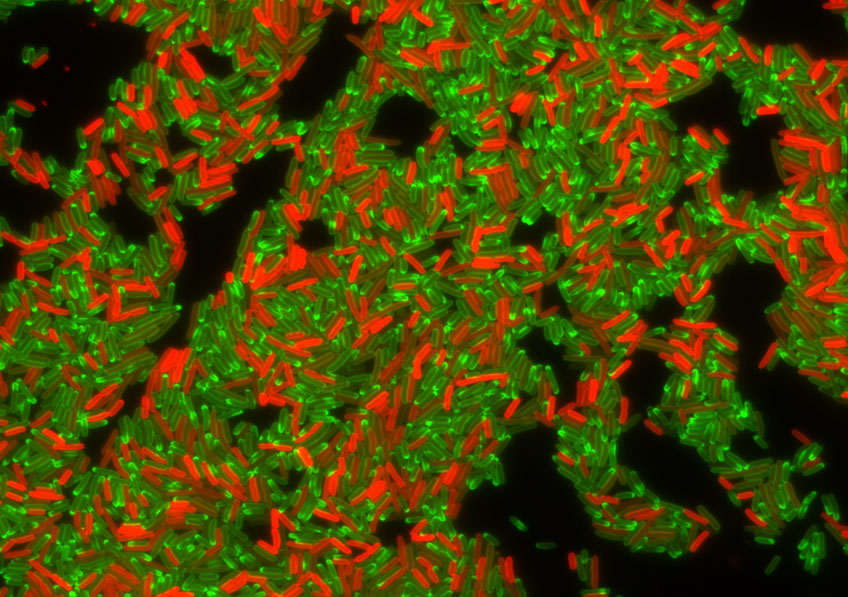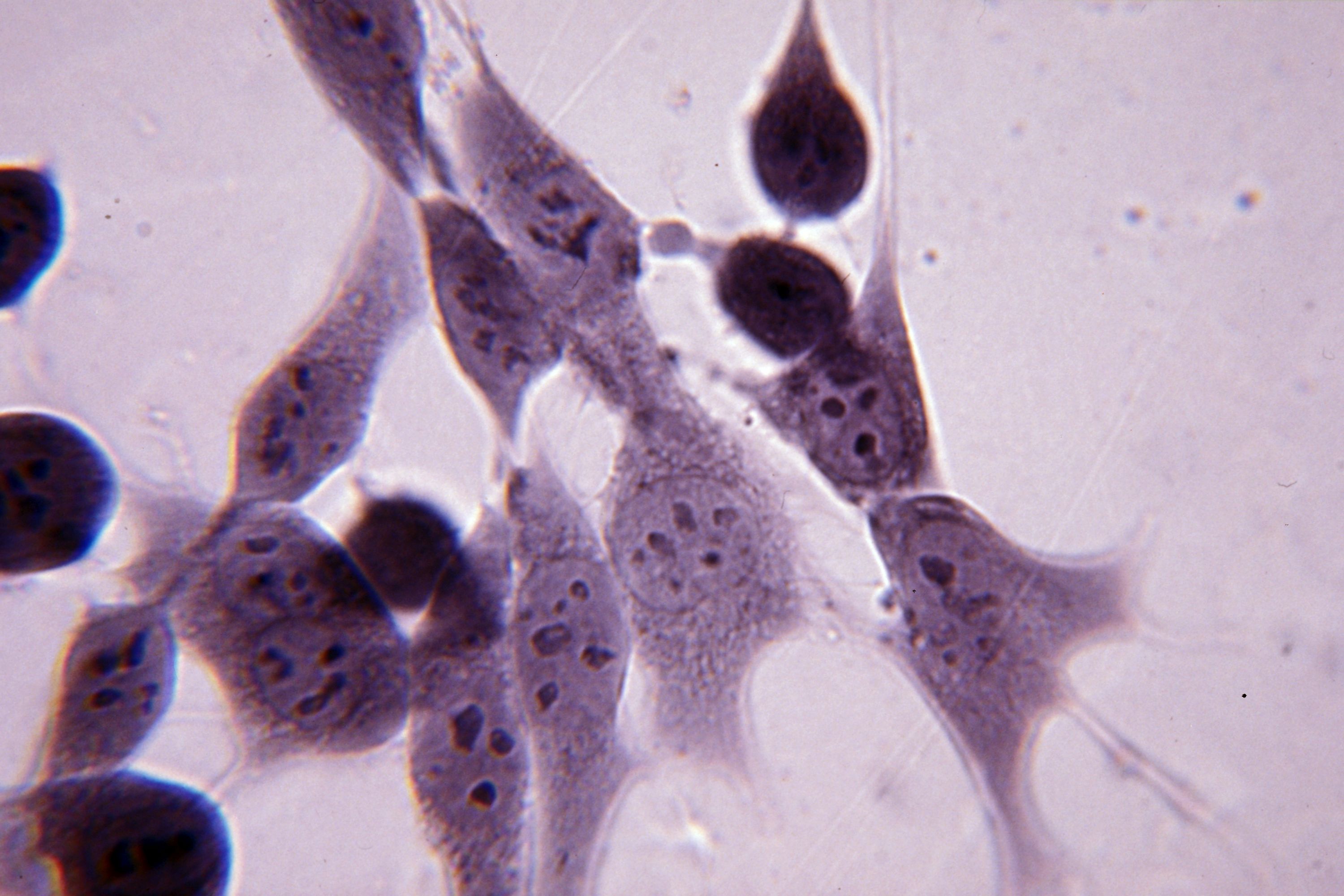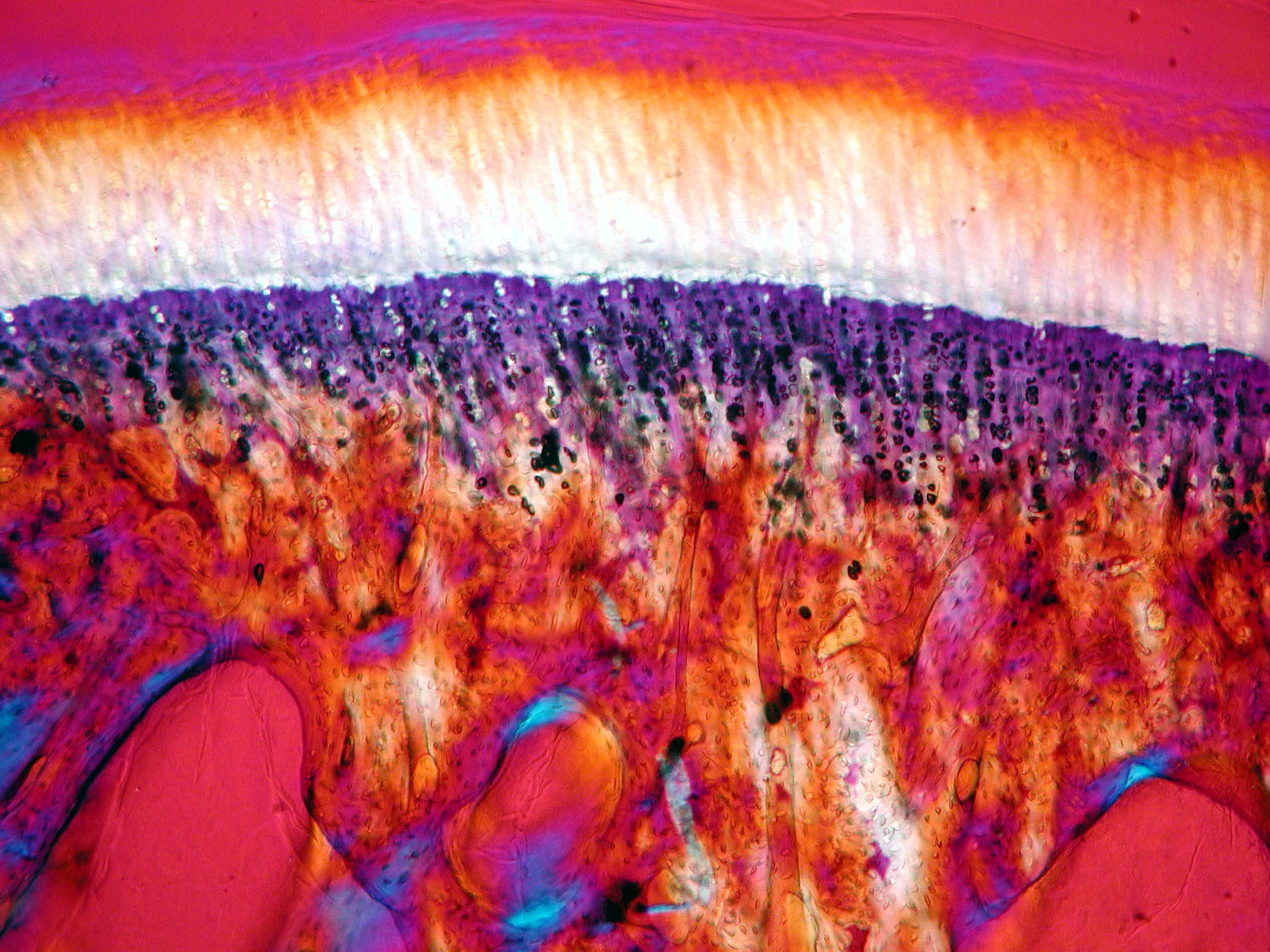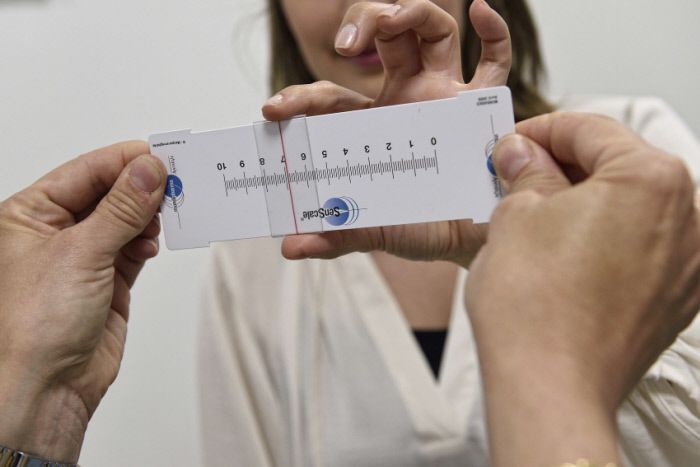
©Photo Christopher Flowers / Unsplash
In an article published May 30, 2019 in the British Medical Journal, researchers from Inserm, Inra, Université Paris 13 and Cnam in the Nutritional Epidemiology Research Team (EREN) report an increased risk of cardiovascular disease in consumers of ultra-processed foods in the NutriNet-Santé cohort.
In recent decades, dietary habits have shifted towards an increased consumption of ultra-processed foods (see boxed text below), which currently account for over half of the total daily energy intake in many western countries. Such foods are often characterized by lower nutritional quality, in addition to the presence of additives, neoformed compounds and substances from packaging and other contact materials.
Recent studies have shown links between the consumption of ultra-processed foods and an increased risk of dyslipidemia, overweight, obesity, and hypertension.
While the Nutritional Epidemiology Research (EREN) team researchers have already observed links between the consumption of such foods and the risk of cancer, mortality, depression symptoms and functional gastrointestinal disorders, no epidemiological studies had up until now investigated the risk of cardiovascular disease. However, this has changed, thanks to the NutriNet-Santé cohort study by the EREN team – and more specifically by epidemiologist and PhD candidate Dr. Bernard Srour, led by Inserm Research Director Dr. Mathilde Touvier, in collaboration with the University of São Paulo in Brazil.Over 100,000 participants from the French NutriNet-Santé cohort (followed up between 2009 and 2018) were included. On entry into the study, dietary intakes were collected using repeated 24-hour dietary records (on average, 6 per participant), designed to register their usual consumption of 3,300 different foods and drinks. These were categorized by degree of processing using the NOVA classification (see boxed text below).
During the follow-up period, ultra-processed food intake was found to be linked to a higher risk of cardiovascular disease (n = 1409 cases out of the 105,159 participants), particularly coronary heart disease (n = 665 cases), as well as cerebrovascular disease (n = 829 cases).
An absolute increase of 10% in the proportion of ultra-processed foods in the diet (for example, when comparing two individuals with diets consisting of 15% and 25% of ultra-processed foods, respectively) was linked to a 12% increase in the risk of overall cardiovascular disease (13% for coronary heart disease and 11% for cerebrovascular disease).This observational study in itself does not enable a causal relationship to be established. However, in addition to the prospective design of the study, the results take into account a large number of sociodemographic and lifestyle factors, including age, sex, smoking status, alcohol consumption, educational level, physical activity and weight, metabolic comorbidities and family history. The results obtained also show that the lower overall nutritional quality of ultra-processed foods may not be the only factor involved.
The nutritional guidelines published recently by the French Public Health Agency (2019) recommend limiting the consumption of ultra-processed foods and opting for unprocessed or minimally processed foods. This is in line with the High Committee for Public Health objective of reducing by 20% the consumption of ultra-processed foods in France by 2022.
Definition and examples of ultra-processed foods
Food and drinks are assigned to one of the four groups in the NOVA classification, based on their degree of processing (unprocessed or minimally processed foods, processed culinary ingredients, processed foods, ultra-processed foods). This study focused on the “ultra-processed foods” group, which includes, for example, sugary and artificially-sweetened soft drinks, vegetables preserved with the addition of sauces containing food additives, vegetable nuggets reconstituted with the addition of additives, confectionery and any processed products with the addition of preservatives other than salt (for example, nitrites), as well as food products made mostly or entirely from sugar, oils and fats and other substances not used in culinary preparations, such as hydrogenated oils and modified starches. Industrial processes notably include hydrogenation, hydrolysis, extruding, and pre-processing by frying. Colors, emulsifiers, texturizing agents, non-sugar sweeteners and other additives are often added to these products.
Examples:
– Salted red or white meats are considered “processed foods”, whereas smoked meats and/or with added nitrites and preservatives, such as sausages and ham, are considered “ultra-processed foods”.
– Liquid soups in cartons prepared using just vegetables, herbs and spices are considered “processed foods” whereas dried soup mixes are considered “ultra-processed foods”.
NutriNet-Santé is a public health study coordinated by the Nutritional Epidemiology Research Team (EREN, Inserm U1153 / Inra U1125 / Cnam / Université Paris 13) which, thanks to the commitment and loyalty of over 160,000 participants (known as “Nutrinautes”), advances research into the links between nutrition (diet, physical activity, nutritional status) and health. Launched in 2009, the study has given rise to over 160 international scientific publications. To mark its 10-year anniversary, a call to enroll new participants is being launched so that together we can continue to further research into the relationship between nutrition and health.
By devoting a few minutes per month to answering various online questionnaires relating to diet, physical activity and health, participants contribute to furthering knowledge of the links between diet and health. With this civic gesture, we can each easily participate in research and, in just a few clicks, play a major role in improving the health of all and the wellbeing of future generations. These questionnaires can be found on the secure platform www.etude-nutrinet-sante.fr







